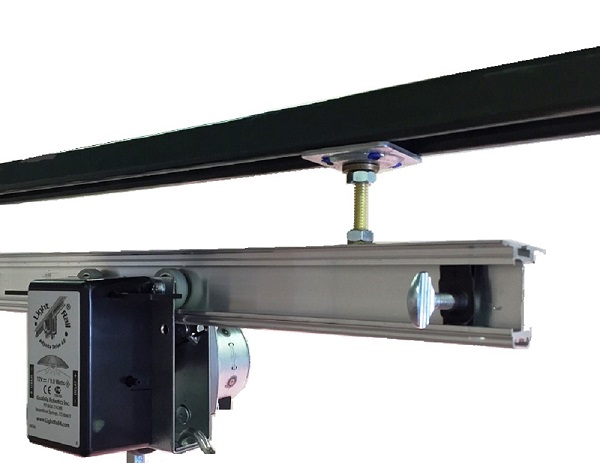
Due to the short winter days, Icelandic greenhouses heat through the floor and they maximize their grow lights. The days are short in Iceland from October through April with the December sun coming up at 11:00 AM and setting at 3:30 PM. Most of us are not that far north but winter affects all growers. Any greenhouse in northern latitudes does not receive enough natural sunlight during the winter and needs indoor grow lights. Plus, the days are simply too short for effective cultivation. So for practicality, a greenhouse must be supplemented with grow lights, and that supplementation is to increase the quality of winter sunshine or to extend grow light daylight by an hour or two, year-round.
A large percentage of the planet, including a majority of the United States, experiences a shortfall of daylight during the winter. This means grow lights must be used and that their use must be maximized. Greenhouse lights can and should give us everything our winter sunlight is incapable of delivering. During winter, grow lights are not just supplementing sunlight but they are also doing a large amount of replacing sunlight.
Maximizing Light in an Offseason Greenhouse
There are two important ways to maximize grow lights in the off-season greenhouse. First, quality grow lights must be part of the greenhouse design. The grow light system needs to have substantial output and stellar ppfd numbers, and it needs to be a good match for what is being grown. Then, to enhance the performance of the grow lights, light movers should be installed in the greenhouse.
There are a number of benefits to moving grow lights including covering more leaf area in a more natural way. Stationary grow lights beat down in a never changing way, which is the opposite of that. In the stationary grow light setting and with multiple lights, the plants under any given grow light get “high noon” simulated plant light all day with the lower leaves shaded by the canopy. That’s why the plants just a few feet away receive substantially less light. Light movers eliminate this problem by moving the grow lights to interact with all the plant surfaces, and at just the right amount of time per surface.
Leaf Area Index
This is called Leaf Area Index. Plants have adapted from the beginning of time to absorb light energy best when it is strong but intermittent. The plant receptors open more under those conditions but conversely, will be more apt to close when they are bombarded with too much never changing light. That, of course, is never a problem in nature because the sun changes orientation throughout the day. Plus, we have clouds that diffuse as well as the breeze’s effect on nearby branches as they shade and then expose, intermittently. Nature has it right and light movers help bring what works in nature into the off-season greenhouse.
Another benefit to moving grow lights in the greenhouse is it eliminates grow light shadows. Grow light shadows come from stationary grow lights blocking the natural sunshine and preventing it from reaching the plants by casting a shadow on them. The sun does change location during the day, moving the grow light shadows to another plant location, but every bit of sunshine counts and is needed. Reducing or, better yet, completely eliminating long term grow light shadow patterns is important.
The off season greenhouse no longer needs to underperform or sit empty until spring. No matter our latitude, we are challenged with having quality fall and winter sunshine, due to both the lower to the horizon angle of the sun and the number of sun hours available. Utilizing a quality grow light system that incorporates light movers allows growers to supplement the greenhouse plant lighting very effectively. Maximizing grow lights is the key to making a greenhouse in any setting or season a successful year-round operation.
Nancy Hamilton is a partner and vice president of Gualala Robotics, manufacturer of Light Rail Light Movers. You can visit their website at LightRail3.com.
Related Articles & Free Email Newsletter Sign Up
How New Technology Has Changed Grow Lights
The 4 Best Grow Lights for Greenhouses



Comment here